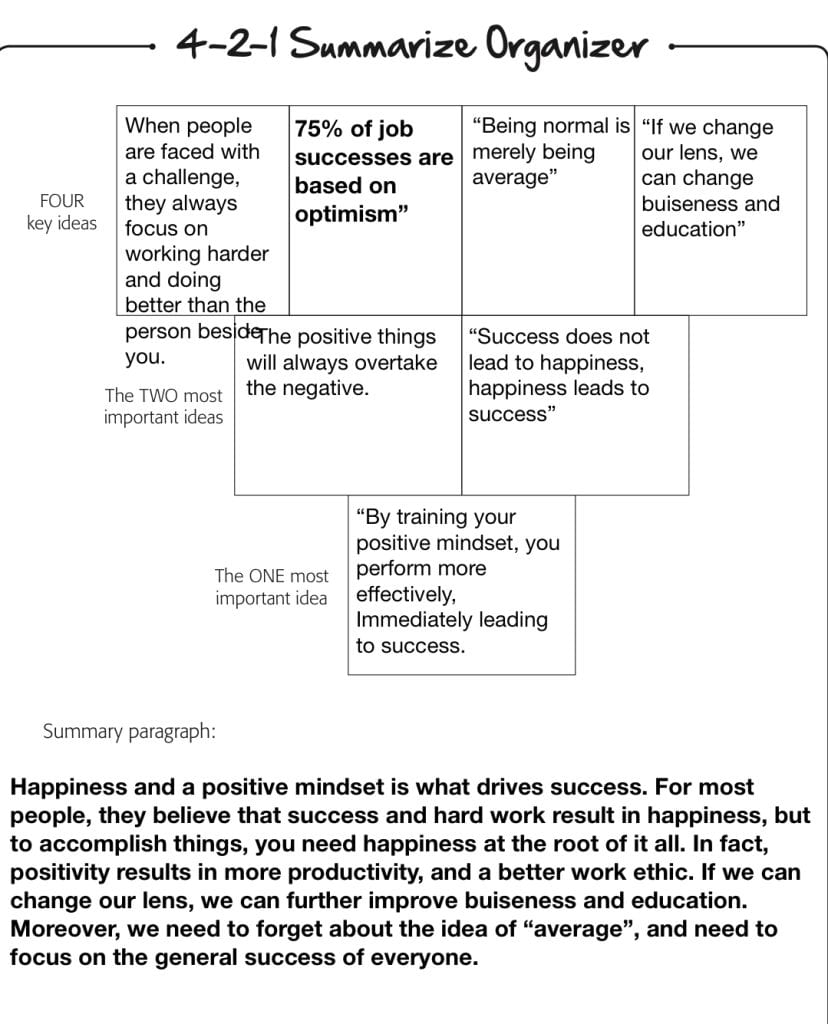
Hey ya’ll, and welcome back to the blog!
Today’s post is about the finance project we just finished in PGP 10. This project was all about finance and becoming “financially literate”. The driving question in this project was: “How do I support my career life choices?” I support them by marketing myself through media that describes my values and what I can contribute. Moreover, by learning about the world of finance and becoming financially literate. The final products for this project was making business cards and resumes.

The first concept we learned was the world of financial literacy. We watched several videos and did activities as a class. The 5 terms of financial literacy are: budgeting, improving credit, saving, borrowing, and investing. One way that we learned about this was when we watched “Moneyball” in class. Moneyball is a baseball movie about a poor team that tries to assemble a winning team though stats and numbers. It’s one of my fav movies and has a really stacked cast. We ended up writing a reflection explaining how the movie demonstrated financial literacy: (insert craft link here:)
Another key part of this project was our stock market simulator. In this simulator, we were given a certain amount of (fake) money, then we would invest it. The person in the class with the most money by the end would win a 20$ gift card from Mr. Harris. There was also an award for whoever invested the most “environmentally friendly”. Along with the simulator, we kept a weekly journal of our stocks. (Here’s a link to my reflections:) I didn’t do all that well in the sim, as I only made $176. When investing, I took into account environment slightly, but I mostly invested in high blue chipped stocks like Pepsi and AMD. Looking back, I should’ve done more research on my assets and kept a closer eye on when it spikes or drops.
After doing all this work it was time to show it off at the Spring Exhibition.
Our set up was an “office” style theme.

In the office there was separate divisions based on the topics of our podcast, so I was in the music division. At our respective desks we presented our business cards, and we pitched our podcast to the people who stopped by. This was an interesting layout and something unlike any exhibition I’ve been apart of. It was pretty busy, by the end of the night my voice was gone lol. Here’s a photo of Zach and I at our station:

In summation, I found learning about finance to be practical and something that is useful for the future. Even though I didn’t do great in the simulator, I still learned lots and found the right strategies to use (better to lose fake money than real money). The exhibition was a blast and it was fun to dress up in our snazzy gear.
Thanks for reading guys!
 We also took a look back at the “seven habits”, a topic which we explored last year. In groups, we were each assigned a habit book, and at the end we did a 1 sentence summary on how our story relates to the habit. This was an opportunity to “jog our memories” on what the habits were and what they can be used for. It was important to re-learn these, as the seven habits directly relate to “atomic habits”.
We also took a look back at the “seven habits”, a topic which we explored last year. In groups, we were each assigned a habit book, and at the end we did a 1 sentence summary on how our story relates to the habit. This was an opportunity to “jog our memories” on what the habits were and what they can be used for. It was important to re-learn these, as the seven habits directly relate to “atomic habits”.